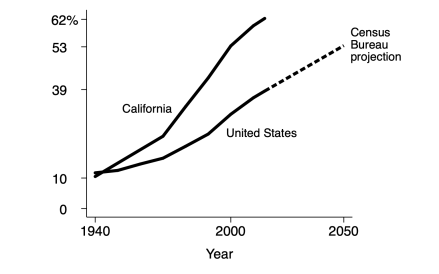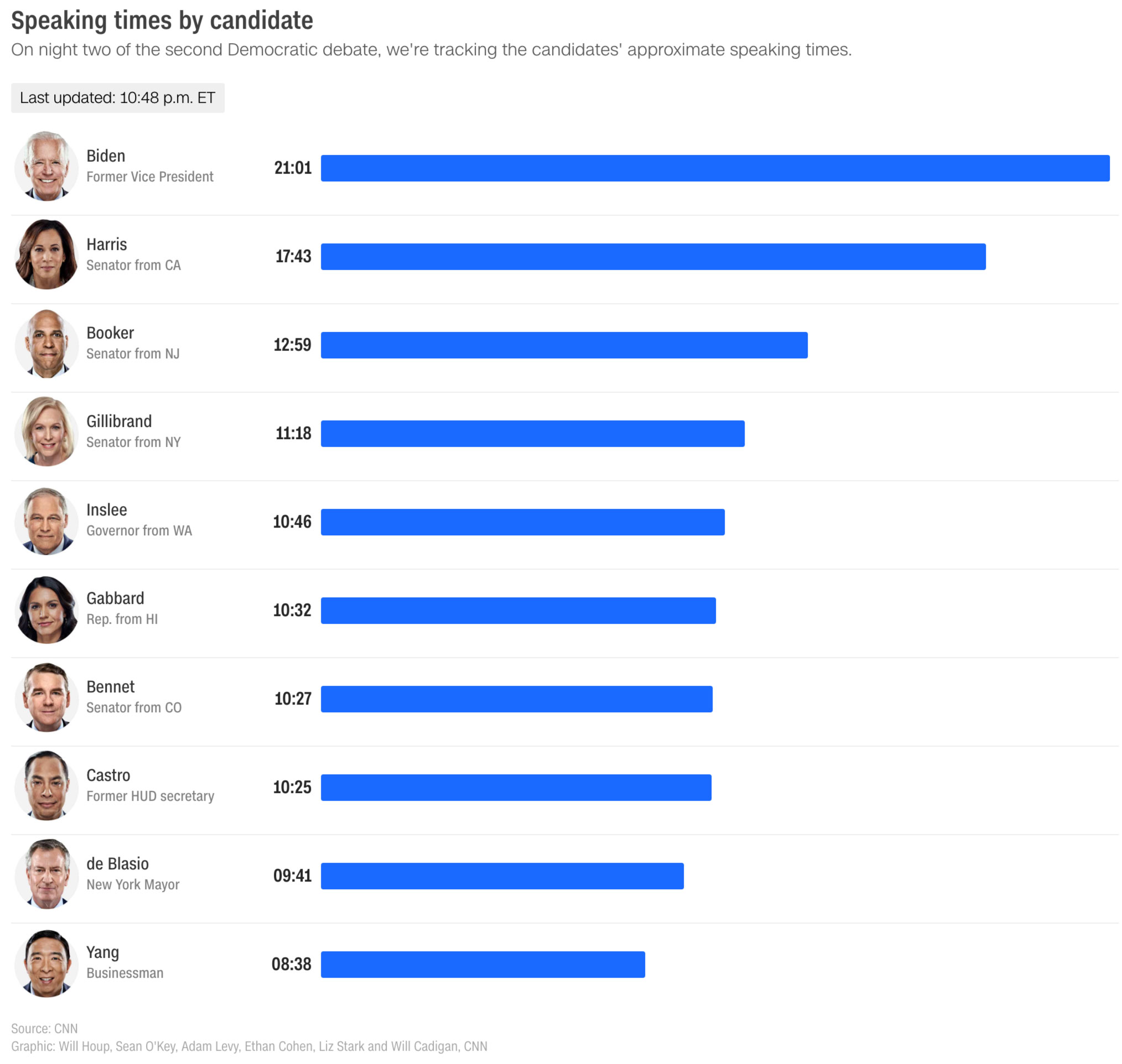It’s all thoughts, prayers and no action for Mitch McConnell and his fellow Republicans. “As the nation reeled Sunday morning from news of a second mass shooting in the span of 13 hours, Democratic lawmakers began demanding that Senate Majority Leader Mitch McConnell take action this week on long-stalled gun control legislation they argue could help prevent the next large-scale tragedy,” Devan Cole and Caroline Kelly report at CNN Politics. “Sen. Amy Klobuchar, a Minnesota Democrat, wrote in a tweet Sunday that she’s “ready to go back tomorrow” to take legislative action. “Inaction is unacceptable. No more talk. The time for passing legislation is now. I’m ready to go back tomorrow…On a state level, just nine states and the District of Columbia ban large-capacity ammunition magazines. The Giffords Law Center to Prevent Gun Violence lists California, Colorado, Connecticut, Washington, DC, Hawaii, Maryland, Massachusetts, New Jersey, New York and Vermont as places with bans that include the sale, possession, and/or manufacture of such magazines. The laws vary from state to state and define the magazines as holding either 10 or 15 rounds.”
Rep. Tim Ryan, another Democratic presidential candidate, was even more explicit: As Tom Boggiani reports at The Raw Story, “We have got to put pressure on Mitch McConnell to start with the background check bill,” he exclaimed…The GOP needs to get their shit together and stop pandering to the NRA,” he added, before going after Trump and Republicans who stand by and say nothing when the president encourages violent white nationalism…“It’s like when the president made the comments about good people on both sides in Charlottesville. how many Republicans really stood up and said what was on their heart? You know, in their heart and minds? Not many, hardly any.” he stated.”
In his NYT column, “The Heartland is Moving in Different Directions,” Thomas B. Edsall observes: “The Democrats’ ability to wrest back Pennsylvania, Michigan, Wisconsin and Iowa faces a steep hurdle. The population of the Rust Belt is aging at a much faster pace than the rest of the country. Exit polls show that people over the age of 50 put Donald Trump in the White House, and the Midwest has them in droves…In five states — Michigan, Ohio, Pennsylvania, Minnesota and Wisconsin — the number of 18-to-35-year-olds, the most liberal age group, grew by 56,448 between 2016 and 2018, according to Mark Muro, a senior fellow at Brookings…That growth pales in comparison with the rising number of people 65 and older, a core of Republican support, which grew by 685,005 — an advantage of better than 12 old people for each young person. Nationwide, from 2016 to 2018, 18-to-35-year-olds grew by 677,853 while the 65 and over population grew by 3,207,209 — a smaller advantage of 4.7 old people for each young person, according to Muro…Polls consistently show that older voters are more Republican than younger voters: In 2017, for example, Pew found that 18-to-35-year-olds skewed Democratic 54 percent to 39 percent; voters over 70 were 48 percent Republican and 41 percent Democratic.”
It gets worse, as Edsall explains: “The aging of the Rust Belt population is a major factor in a closely related trend, the declining share of self-identified liberals in the region…Pew Research reports that from 2010 to 2017, the percentage of people who say they are liberals in the Midwest — defined broadly as Ohio, Michigan, Indiana, Wisconsin, Minnesota, North and South Dakota, Iowa, Illinois, Nebraska, Missouri and Kansas — dropped from 23 to 19 percent, while the percentage describing themselves as conservative fell by a statistically insignificant 1 percent, from 38 to 37 percent. Moderates grew from 33 to 37 percent.”
But Edsall does see some hope for Democrats in that “the growing urbanization of the Midwest, combined with the decline of pro-Republican rural communities…may improve the odds for the Democratic Party and its candidates.” He cites a Brookings study, which found that in the 2018 midterm elections “10 of the 15 districts that flipped from Republican to Democratic in Michigan, Illinois, Minnesota, Pennsylvania and Iowa “have income growth rates that exceed their state averages…Of the remaining five flipped districts, in which growth was below the state average, three were in Pennsylvania, where Democratic victories resulted from a state Supreme Court decision ordering the replacement of the Republican gerrymander of congressional districts, making those districts much more favorable to Democratic candidates.” Edall concludes, “While the trends and the data are often conflicting and inconclusive, I’d say on balance that the developments are encouraging for Democrats, albeit modestly.”
From “The 2020 Congressional Elections: A Very Early Forecast” by Alan I. Abamowitz at Sabato’s Crysgal Ball: “Barring a dramatic shift in the electoral landscape, Democrats appear very likely to hold onto their majority in the House of Representatives in the 2020 elections and make at least modest gains in the Senate. However, there are significant caveats with both projections. Obviously, one of those is that it is very early and that the president’s approval rating and the generic ballot could very well be different late next summer…In the House, we are in an era with limited ticket-splitting and a weak incumbency advantage. Additionally, the overall House map has a Republican lean: Republicans could win the House back by defeating fewer than two-thirds of the 31 Democrats who hold seats that Trump carried in 2016 (and only three Republicans hold seats that Hillary Clinton carried). The confluence of these factors could allow Republicans to overperform the projection in this model, particularly if Trump is reelected…While the model predicts a good chance of a Democratic majority in the Senate in 2021, that prediction should be taken with considerable caution considering the margin of error of the model and the fact that only a handful of Republican seats that are up next year are in Democratic-leaning or swing states. Moreover, if Democrats do take back the Senate, it will almost certainly be by a very narrow margin, which would make it difficult to pass the sort of progressive legislation advocated by many of the party’s 2020 presidential candidates.”
“Paralyzed by caution, and its worst instincts justified through a gradual takeover by corporate interests, the Democratic Party has in many ways been its own worst enemy,” Branko Marcetic writes in his article, “Corporate Democrats Have Been in the Driver’s Seat for 30 Years. Not Anymore” at In These Times: “Rather than proposing far-reaching redistributive policies, national Democrats have by and large moved to the right while pushing means-tested, tepid proposals meant not to offend corporate backers or scare off mythical “Reagan Democrats.” The result has been a party that’s failed to inspire its core constituency—working-class voters—to show up at the polls.” in the third presidential debate, however, “both Sanders and Warren tied signature policies like Medicare for All, a wealth tax, free tertiary education and student debt cancellation to their broader vision of political change, rebuking Democrats’ three-decade-long strategy of scurrying in fear at the sight of their own shadow. Warren thundered that the Democrats need to be the party “of big, structural change.” Sanders argued that “to win this election and to defeat Donald Trump … we need to have a campaign of energy and excitement and of vision. We need to bring millions of young people into the political process in a way that we have never seen.”
Alex Pareene says it exceptionally well in “The Simple, Odious Reason Mitch McConnell Opposes Election Integrity: The sinister influence on the Senate majority leader is not the Kremlin, but a Republican Party that seeks to keep certain Americans from voting” at The New Republic: “America’s elections are a patchwork of fiefdoms, many run by secretaries of state (many of whom are Republicans), some directly run by state parties themselves. Republicans oppose federal reform of the system because it could deny them the ability to create chaos—chaos that sends the other side’s votes to the wrong polling places, purges thousands or hundreds of thousands from the rolls, and strands urban voters in long lines. Chaos that could create opportunities for—and plausible deniability about—more serious fraud and criminality. Chaos that makes it hard to believe this Senate will ever allow truly secure paper ballot regulations, with strict regular audits, to become a national requirement.”
Just some final thoughts on all of the hand-wringing about Democratic presidential candidates beating up on each other and embracing less than popular reforms. 1. It’s early. Dems must be unified a year from now, but not now. In fact, if they were, it would be weird, maybe even creepy. Let the GOP be the Children of the Corn. 2. A lot of the less popular ideas are being field-tested and the candidates need to be battle-tested before they face Trump, as de Blasio said to Biden in the fourth debate. Sometimes leaders can buck opinion trends for a while enroute to building a new consensus. The presidential candidates will surely tweak their health care proposals in the months ahead, as Harris recently did. Elizabeth Warren, for example, is smart enough to know that she has to make more room for those who want to keep their health insurance policies. American needs a well-argued debate between advocates of Medicare for all and the public option, and that’s exactly what we are getting from Democrats, while Republicans grumble vague put-down on the sidelines. 3. The chaotic big field we see in the debates is actually a good thing because it shows which party has the vitality needed to make major changes. The sky isn’t falling just yet…although the climate crisis could be a game-changer a year from now.





